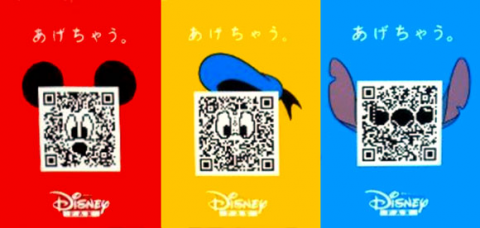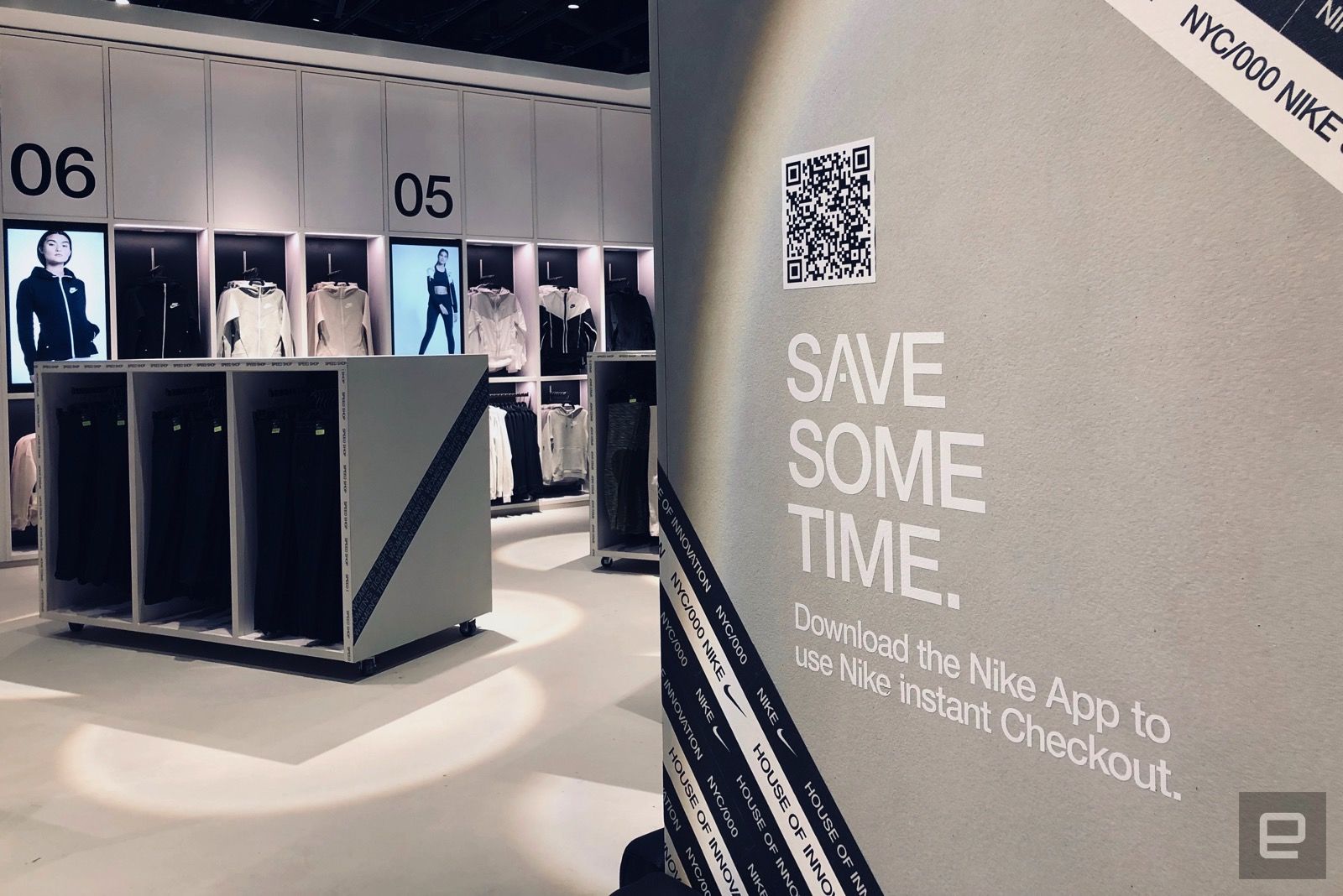Indeed, too many brands still approach their online and offline marketing efforts altogether separately, with marketers having done surprisingly little to harness the power of technology to provide genuinely useful online experiences for their customers.
Rethinking business and how we interact with customers
The biggest improvements in customer experience have come from companies who have harnessed the internet to disrupt the way business has been done offline in the past.
For example, Deliveroo have offered innovative ways for restaurants to sell online. Monzo is not just a nice app tagged onto an existing business model, it’s a complete rethink of the way banking is done oriented around drastically improving the customer experience.
The need to connect offline and online marketing
In the world of marketing, we’ve slightly altered our traditional approach. Adapting assets for digital mediums, but little rethinking to harness the true potential of the internet. We’re still taking TV ads and sticking them on YouTube, using print ads on mobile phones.
We need to stop viewing experiences as online and offline, and more as an amalgamation of the two. Like using image search to power e-commerce, or using smart assistants to book medical appointments.
These examples leverage the best of our online and offline worlds. They put people first, combining online and offline marketing to genuinely improve the customer experience.
How are brands integrating offline and online marketing?
Offline x website/app
One method of integrating offline and online marketing is using technology to link offline interactions back to (useful) online experiences.
QR codes (no, they’re not dead!) are still a great way to get consumers to discover your brand online and, importantly, to enhance offline experiences using digital technology.
Nowadays marketers can look beyond the classic black and white design and get more creative with the code, making it more aesthetically pleasing, on brand and more entertaining.



Nike have been using QR codes to improve in store experience for decades. Consumers can scan a QR code in-store to download the Nike app, accessing member benefits.
Customers can use the app to scan mannequins and have the shop assistants bring them the clothes in their size to the fitting room or use the Nike instant check out service. An example of online technology improving the offline customer experience.

Offline x social media
Social media presents an opportunity for brands to engage with communities through related interests and shared experiences.

A great example of this was Nike’s award winning ‘she runs the night‘ campaign. ‘She Runs’ demonstrates the power of a culturally connected offline movement – one that helps a community to form, shifts brand perceptions and ultimately changes how people talk about a product.
It’s not enough to simply slap a plethora of social logos on your company vehicles – think about why your customers should follow you on each network in the first place. What’s in it for them?
Offline x email
Email campaigns are a great way to grow your business. The quality and depth of your email list is vital for your campaign’s success, so it’s important to have a reliable way of collecting email addresses.
Trade shows are a great opportunity to collect emails because the attendees are more willing to give their details away due to the nature of the event. Attract them with a business card raffle or a questionnaire.


If you own a physical shop, run promotions that require your customers to give you their details in exchange for a prize or a discount.
Set up an event with giveaways and a box where customers can sign up for prizes. Many restaurants ask for their customers’ feedback at the end of a meal by giving them a short survey to fill in on a printed card or on a tablet. At the end of the questionnaire, there is usually a call to action for the customer to give the restaurant their email address. People tend to be reluctant to sharing their emails nowadays because of the amount of junk mail they get, so make sure to offer a valuable reward in exchange for their information.

If it is newsletter signups you’re after, then make sure to include the landing page URL on your print material. Don’t forget to use a customised URL so you can track where the registrations are coming from and identify the most effective channel.
Keep in mind! Whichever way you choose to collect emails offline, please make sure your list is GDPR compliant and your subscribers know what they’re signing up to.
Offline x search engine
With 63,000 searches per second every day on Google alone, you can’t afford not to optimise your website for ranking in search results. Make sure you set up Google My Business and you update it regularly. For example, listing a phone number on Google My Business will allow the increasing number of mobile users to call your office for enquiries. Having your address listed increases the chances that a user will visit your shop.
Have an event coming up? Running an offer for a limited time? Google My Business allows you to communicate all this information to online audiences and encourage them to book your event or go into your shop and make a purchase. Make sure you follow local SEO best practices in order for your business to appear at the top of the SERP and trigger the knowledge box.
If you’re running pay-per-click ads on Google search, an extension introduced in 2016 enables viewers to text a business directly by clicking on the texting button. Businesses could benefit from this ad feature given that 65% of consumers would consider messaging to connect with a business. Another extension allows users to book appointments directly from their mobiles. The beacon technology offered by Google helps you to track offline footfall determined by Google ads.
More advanced use of search is evolving through voice and visual search, allowing customers to use images and voice commands to search the web with more convenience than ever before.
Final thoughts
There are many more ways offline and online experiences can be connected. Consider how technology can be used to enhance the customer experience your brand offers. Find ways to use the ever expanding list of tech at your disposal to rethink the way you interact with customers and connect the offline and online experience for your customers.
Customers now expect to access your brand across every accessible medium. They want seamless online and offline experience, they have grown used to convenience, and they have little time to wait for you to catch up.









